Science for Heritage
The inauguration of the Polish node of the European research infrastructure for heritage science E-RIHS ERIC and the project financed by the European Funds for Modern Economy (FENG) took place on 17 September at the Institute of Physics of the Nicolaus Copernicus University. 'Combining science and cultural heritage is more than just our motto, it is our programme,' emphasised Vania Virgili, Director General of the consortium.
E-RIHS is a European research infrastructure dedicated to the science of cultural heritage, supporting its modern research and conservation. The organisation brings together specialists from various fields, combining the exact sciences and humanities and creating an interdisciplinary research environment.
In March 2025, the E-RIHS infrastructure was granted the status of a European Research Infrastructure Consortium by decision of the European Commission and transformed into E-RIHS ERIC, further increasing its potential.
The Polish node E-RIHS.pl, which emerged during this transformation, plays an important role in the consortium, said dr habil. Adam Kola, NCU Prof. and Vice-Rector for science, who was present at the inauguration. 'It is of great importance to Polish museums, conservators and curators. As its leader, we are proud to be part of this European initiative and to support the development of research on cultural heritage.'
The event at the Institute of Physics was also attended by: Izabela Najda-Jędrzejewska, Deputy Director of the Department of Innovation and Development at the Ministry of Science and Higher Education; dr Vania Virgili, Director General of E-RIHS ERIC; dr Polona Ropret, Chair of the E-RIHS ERIC National Nodes Committee; and Prof. Piotr Targowski from the NCU Faculty of Physics, Astronomy and Informatics, Chair of the E-RIHS.pl Council, who presented the structure and tasks of the Polish node to the audience.
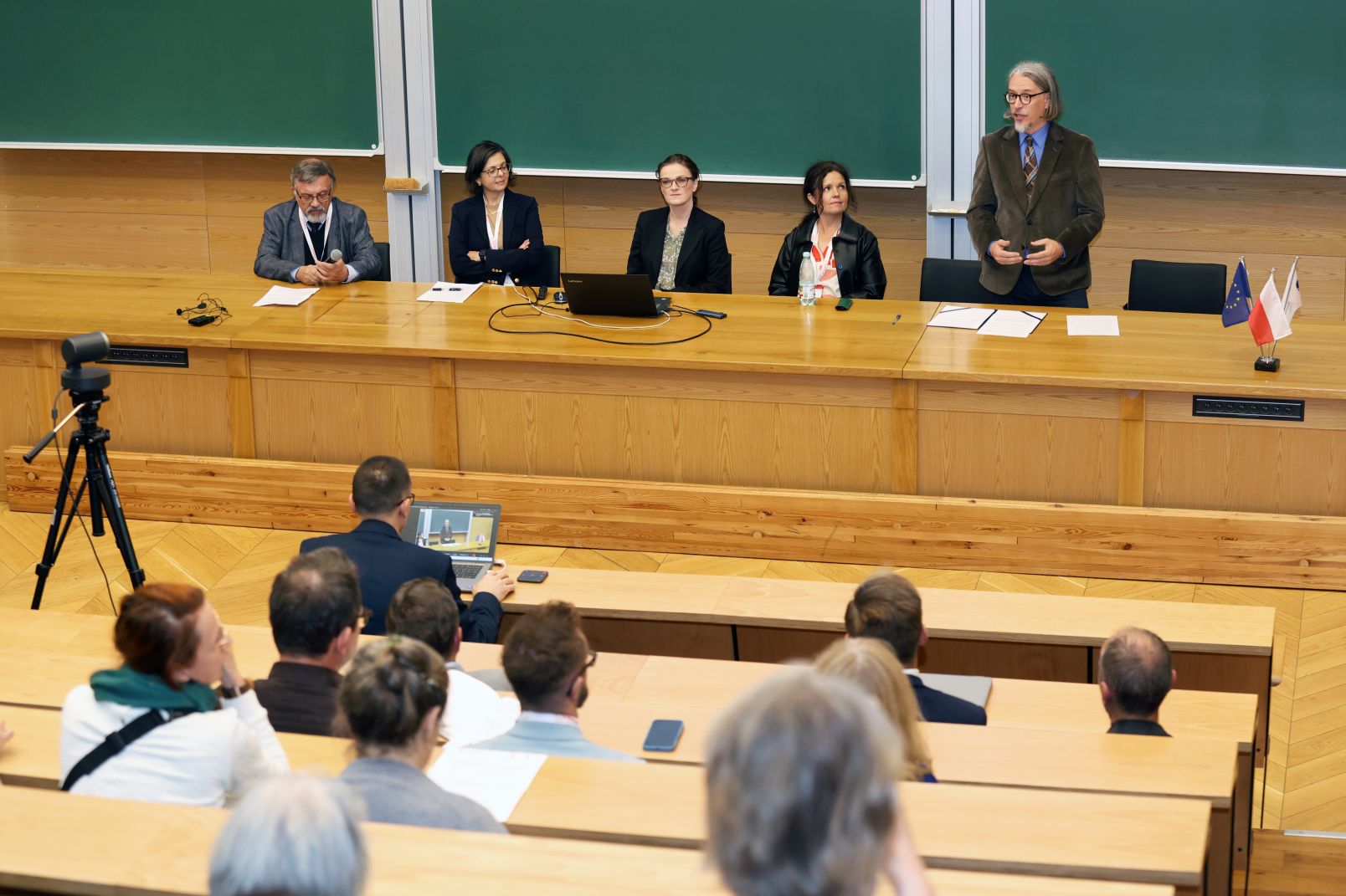
photo Andrzej Romański
Currently, E-RIHS.pl consists of 14 institutions: universities and research institutes – quite a large group, said Prof. Piotr Targowski. Ten years ago, we decided to join forces to protect cultural heritage together. Science and cultural heritage are two components that cannot exist without each other. We, as scientists, need objects to conduct our research, objects that we do not create ourselves, but which are at the disposal of museums and other institutions. Without them, our discipline could not develop. All of its development, the improvement of research tools and methods, are subordinated to one goal: to best serve the community that cares about preserving heritage.
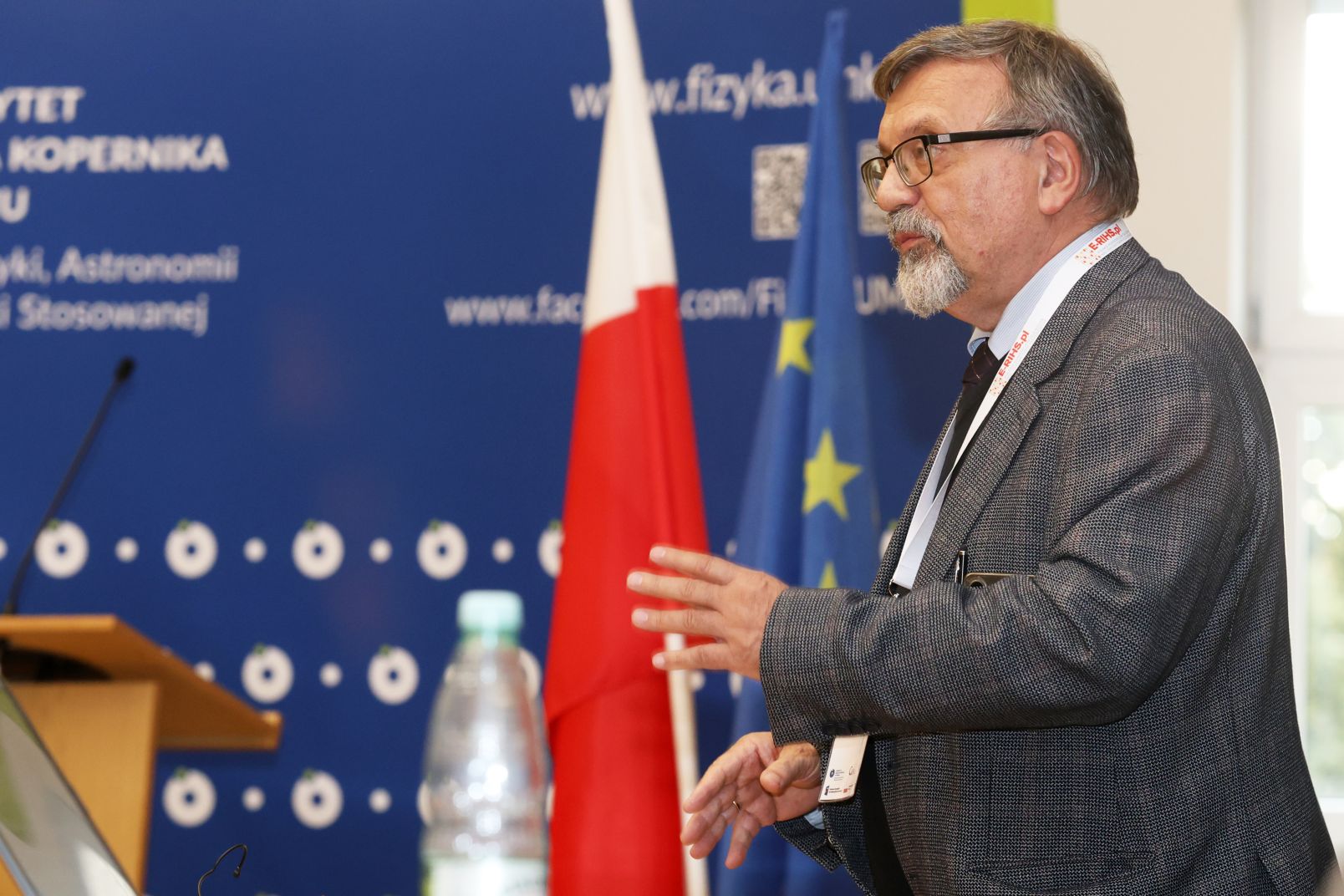
photo Andrzej Romański
The synergy created by the involvement of research centres, universities and cultural institutions from 11 European countries is key to the operation of E-RIHS ERIC. It has resulted in the creation of a unique structure providing access to modern research procedures and archival resources in the field of heritage protection throughout Europe.
The motto guiding the activities of E-RIHS ERIC, 'Connecting heritage to science', was also mentioned by the consortium's Director General, Vania Virgili: 'It's more than a motto, it's our programme,' she said. 'It means opening up world-class laboratories and digital resources to scientists and practitioners, as well as educating new generations of researchers through our flagship HS Academy project, which offers high-quality training programmes in a truly interdisciplinary environment.'
The event also served as the official launch of the project 'Polish infrastructure for cultural heritage research – E-RIHS.PL,' financed by the European Funds for Modern Economy (FENG) programme, which supports projects from the Polish Research Infrastructure Map.
The meeting opened a two-day workshop devoted to presenting the E-RIHS.pl research offer, during which the research methods used in the consortium, the results of previous projects and details of the new call for applications for access to the infrastructure will be discussed. More details
The E-RIHS ERIC headquarters in Florence coordinates the operational activities of 11 founding members: Cyprus, France, Hungary, Italy, Malta, the Netherlands, Poland, Romania, Slovenia, Spain and the United Kingdom, as well as the International Centre for the Study of the Preservation and Restoration of Cultural Property (ICCROM) as a permanent observer. The Nicolaus Copernicus University in Toruń is the coordinator of the E-RIHS.pl consortium, which brings together 14 institutions cooperating in the field of research on historic objects using physical and chemical methods: the Jan Matejko Academy of Fine Arts in Kraków, the Stanisław Staszic University of Science and Technology in Kraków, the Institute of Bioorganic Chemistry of the Polish Academy of Sciences – Poznań Supercomputing and Networking Centre, the Institute of Nuclear Chemistry and Technology in Warsaw, the Institute of Physics of the Polish Academy of Sciences in Warsaw, the Institute of Physics of the Polish Academy of Sciences in Wrocław, the Institute of Physics of the AGH University of Kraków, the Institute of Bioorganic Chemistry of the Polish Academy of Sciences – Poznań Supercomputing and Networking Centre, the Institute of Nuclear Chemistry and Technology in Warsaw, the Jerzy Haber Institute of Catalysis and Surface Chemistry of the Polish Academy of Sciences in Kraków, the R. Szewalski Institute of Fluid-Flow Machinery of the Polish Academy of Sciences in Gdańsk, Laboratory for Analysis and Non-Destructive Testing of Historic Objects LANBOZ of the National Museum in Kraków, National Centre for Nuclear Research, Warsaw University of Technology, Jagiellonian University, University of Economics in Kraków, University of Warsaw and University of Wrocław. The delegates to the Consortium Council on behalf of the Nicolaus Copernicus University are prof. dr habil. Piotr Targowski (chairman) and Prof. dr habil. Bogumiła J. Rouba.
More information:
 NCU News
NCU News







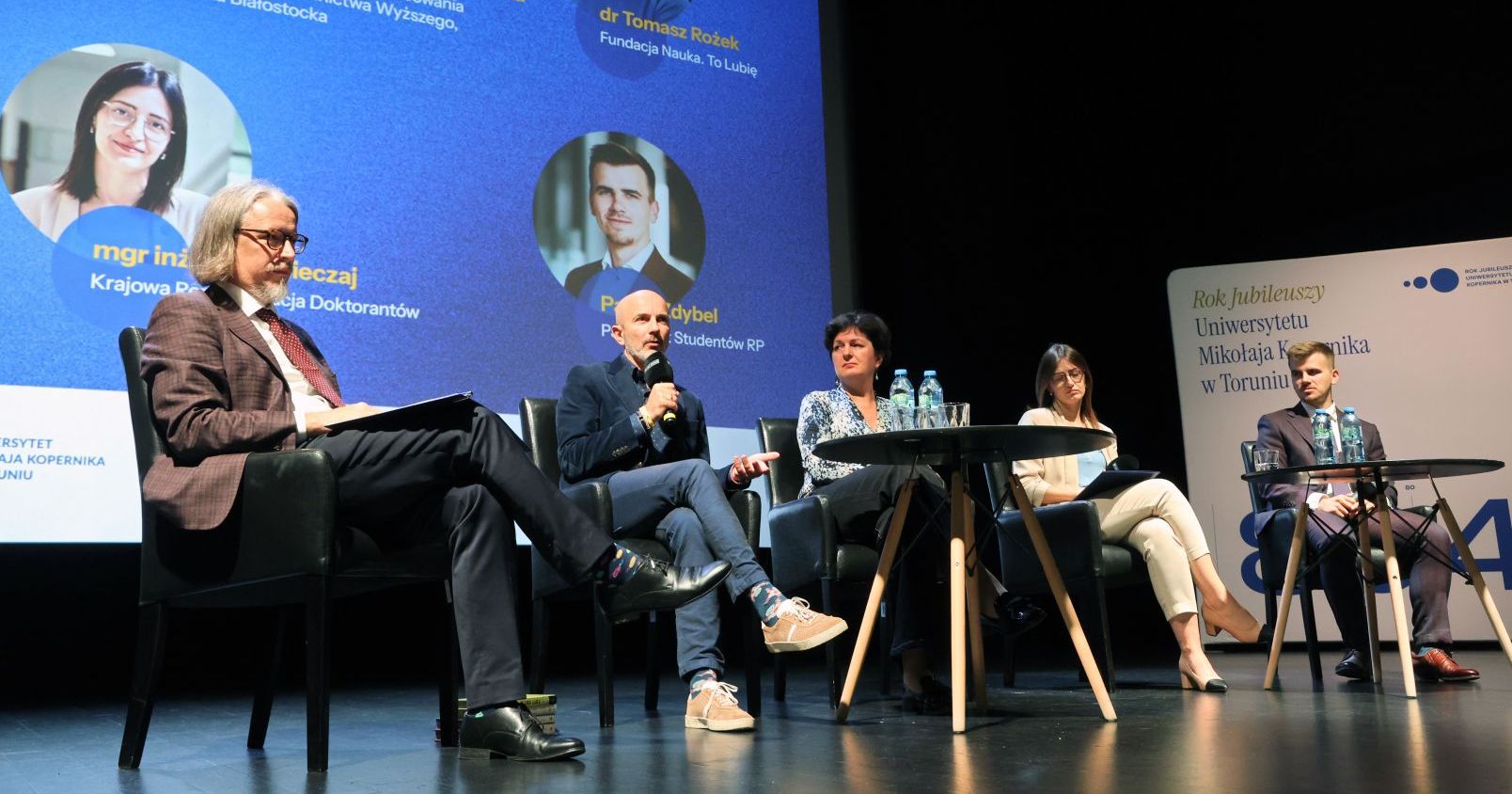 Campus life
Campus life

 Exact sciences
Exact sciences
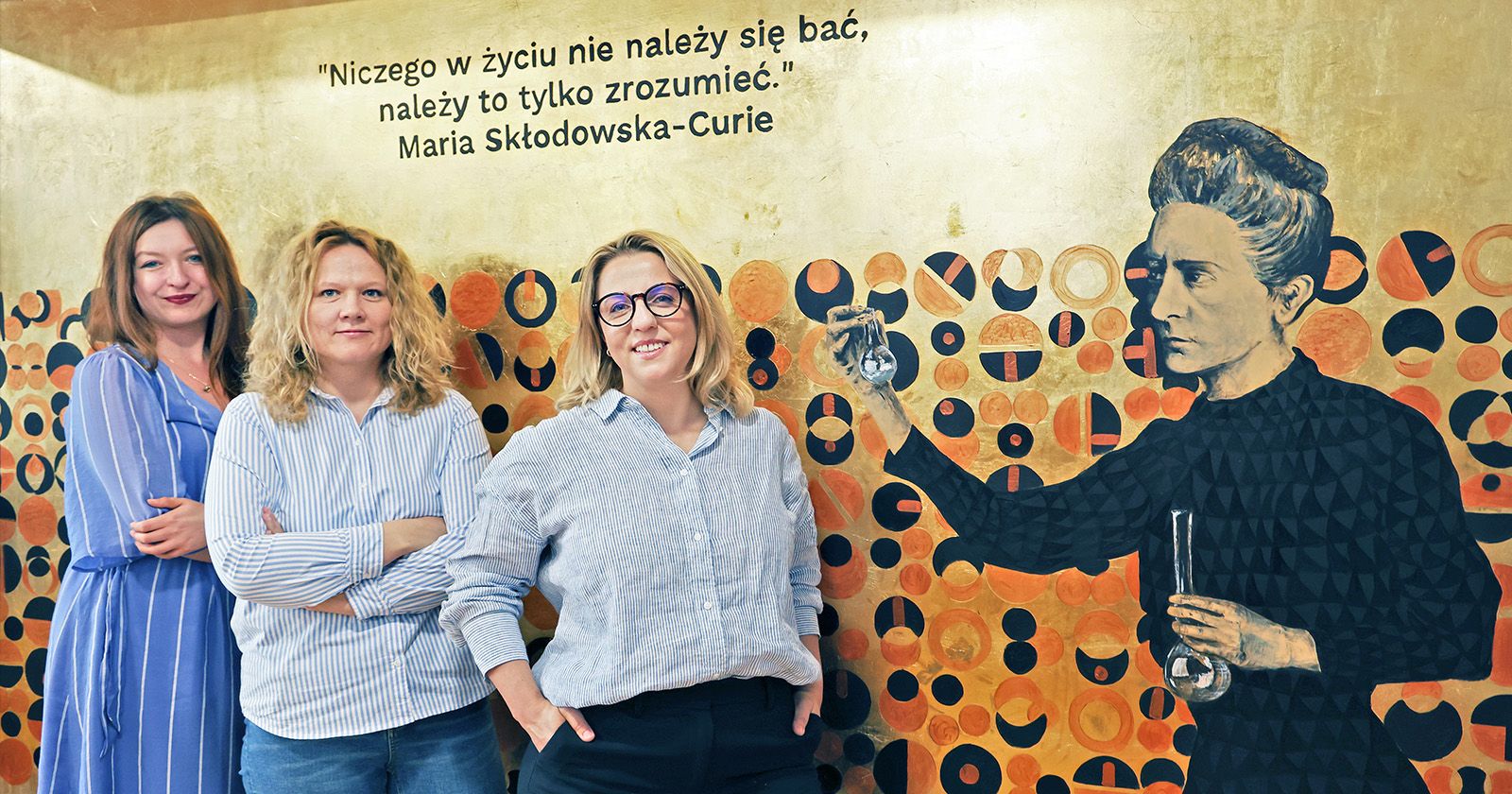 Campus life
Campus life